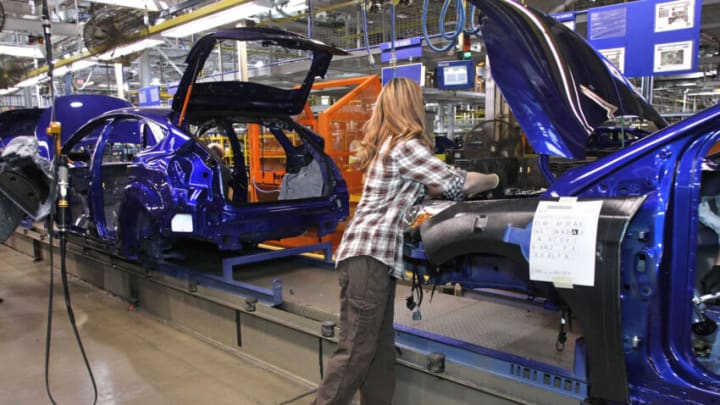I will have to admit, I am one of those electric vehicle resistors (pun intended). I love the smell of inefficiently carbureted fuel and the sound an internal combustion engine makes.
But my objections to the electrification of the world’s passenger fleet have less to do with such visceral pleasantries and more with practical considerations.
As a mighty fan of the long and aimless road trip, I have many times experienced the exhilaration of nursing the accelerator while my fuel gauge needle dipped to the left of E and miles of empty, gas-stationless road stretched before me.
I was often able to enjoy these moments because of a simple two or five-gallon safety net in the form of extra fuel strapped on the back of whatever stinky pollution generator I was driving.
Twice I was bailed out by a kind and well-prepared stranger, and once by someone kind enough to drive me through the snow to the nearest service station and back to my car.

There is currently no comparable strategy for dealing with electric cars that run out of “fuel.” While the network of publicly available charging stations in the US and Canada has grown to nearly half a million, they are largely clustered near major cities and highways and leave most rural Americans powerless.
And while that dwarfs the number of gas stations (a little more than 100,000, about half what there were in 1994), those facilities are able to serve multiple vehicles at at time and most can be refueled from empty in a few minutes.
EV manufacturers have focused on this issue and made great progress recently, but not all cars can accept electrons at the rate the fastest chargers can provide them.
With each succeeding generation of electric vehicle comes innovations in charging efficiency, and Ford and Purdue University scientists have come up with a liquid-cooled plug that could cut charging times down to the same few minutes it takes to gas up my 40-year old Jeep.
The idea of having to stop for 20-30 minutes every 200-300 miles seems to me reason enough to avoid electric vehicles. But once they are on the level with their fossil fuel powered counterparts with regards to fueling convenience and efficiency, one of the three remaining valid arguments against them becomes moot.

(We can discuss the other two – the fossil fuel cost incurred in powering all of these chargers and the environmental impact of battery production and disposal – another day.)
I have to admit, it will be a little frustrating to have decades of accumulated internal combustion engine troubleshooting and repair savvy disintegrate with disuse, but it will be a relief to have fewer systems to monitor and potentially fail on the road.
With not quite nine years to go until the last ICE-powered car rolls off US assembly lines, resistance (pun intended once again) to the EV revolution will be futile. With a couple more innovations like Ford’s and some focus on extending the charging network to rural areas, we will be well prepared to power millions of electric vehicles conveniently, quickly, and cheaply.
Until then I will cling to my old, smelly, 12 mpg beast, but for the first time – no thanks to Ford and Purdue – I can see the end.
